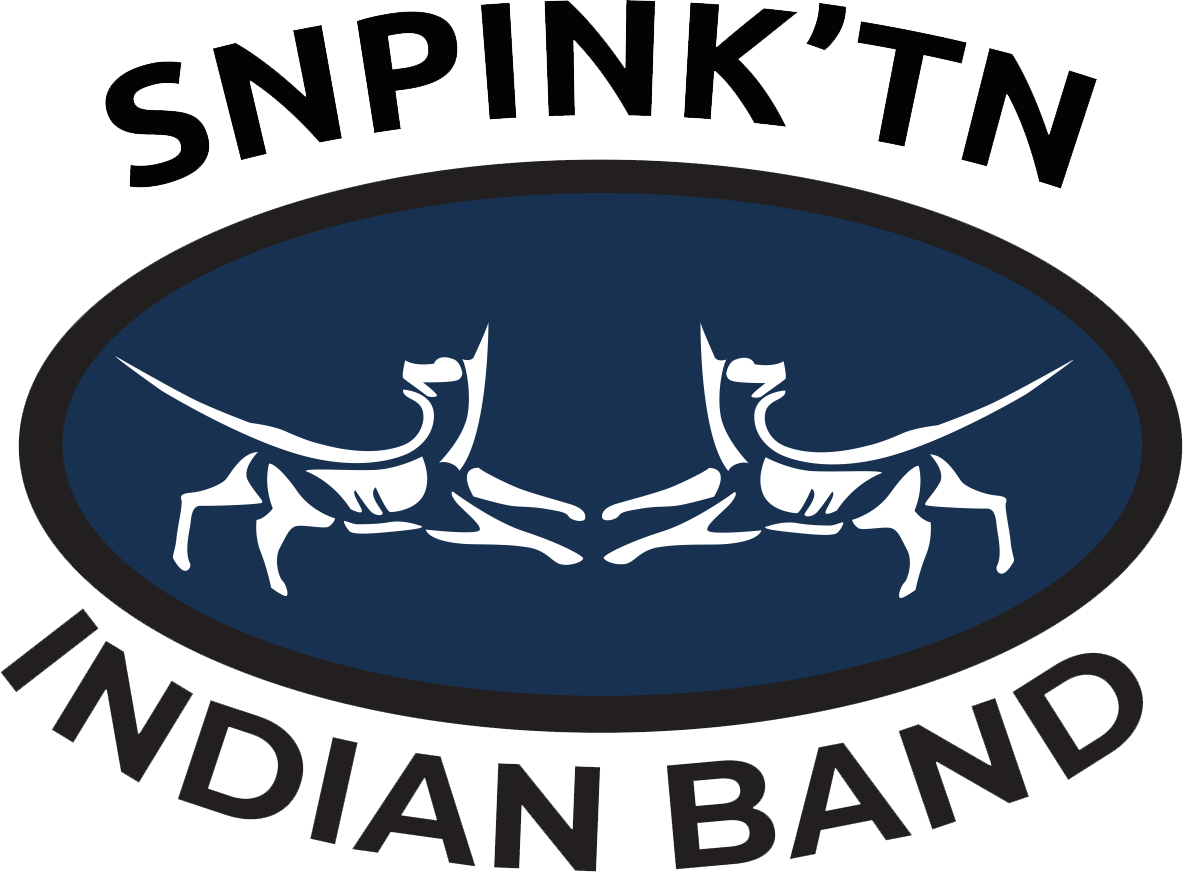A Holistic Look at ADHD Treatment
When we talk about ADHD treatment, most people think of medication, therapy, or academic accommodations. While these approaches are essential, there’s a powerful yet often overlooked ally in the ADHD toolkit: cardiovascular exercise.
For many individuals living with ADHD, cardio isn’t just about fitness—it can be a potent tool for mental clarity, emotional regulation, and sustainable focus.
The ADHD Brain and How Cardio Helps
ADHD is associated with lower activity of neurotransmitters like dopamine and norepinephrine, which impact focus, motivation, and executive function.
Here’s the science:
👉 Cardio exercise—like brisk walking, running, cycling, or dancing—increases the brain’s production of these crucial chemicals.
👉 This leads to:
- Enhanced concentration
- Reduced impulsivity
- Improved mood and emotional balance
In essence, cardio acts as a natural cognitive enhancer.
Cardio = A Natural Dopamine Booster
Think of aerobic movement as a dopamine delivery system.
Unlike sugary snacks or stimulant medication, cardio provides a gradual and sustained dopamine increase—helping calm the ADHD brain’s constant search for novelty.
This can:
- Decrease cravings for distraction
- Improve sustained attention
- Encourage healthier habits over time

Routine, Structure, and Predictability for ADHD
While routines are often difficult for people with ADHD, structured habits help the brain function better.
Regular cardio can serve as a predictable anchor in the day:
- A morning run can kickstart productivity
- An evening bike ride can act as a calming ritual
These micro-routines build a framework that supports emotional regulation, motivation, and focus.
Fast Relief, Long-Term Gains
One of cardio’s biggest benefits? It works fast.
✔️ Immediate effects include better concentration and mood—often within 20–30 minutes
✔️ Long-term benefits include improved executive function, memory, and reduced anxiety symptoms
And unlike some therapies or medications, the benefits compound naturally with consistency.
Fun Over Force: Make Movement ADHD-Friendly
Here’s the truth: if it feels like a chore, it won’t last.
For the ADHD brain, fun is the fuel.
Choose movement that feels enjoyable—not obligatory:
- Dancing in your kitchen
- Hiking with friends
- Swimming or jumping rope
- Even walking your dog in nature
🌀 Variety matters too—it satisfies the brain’s love for novelty, making cardio feel like a reward, not a routine.
From Cardio to Mindfulness
Cardio isn’t just a physical outlet—it can be a mindful practice.
• The rhythm of running
• The concentration of Zumba
• The immersive quiet of swimming
These forms of movement promote present-moment awareness, reduce stress, and enhance mind-body connection—an essential skill for those navigating emotional dysregulation.
Cardio Isn’t a Cure—But It Is a Powerful Companion
To be clear, cardio doesn’t replace clinical ADHD treatments, but it’s a valuable supplement.
For many:
- It enhances the effectiveness of medication
- It reduces reliance on external coping mechanisms
- It empowers independence and self-trust
Movement becomes more than exercise—it becomes mental health maintenance.
Move Your Way to a Better Brain
Cardiovascular exercise might not come in a pill bottle, but for many living with ADHD, it offers therapeutic benefits that rival traditional treatments.
It supports:
- Focus
- Mood stability
- Emotional resilience
- And most importantly—a sense of agency
So whether it’s a run, a ride, or a spontaneous dance party in your kitchen—get moving.
Your brain will thank you.






